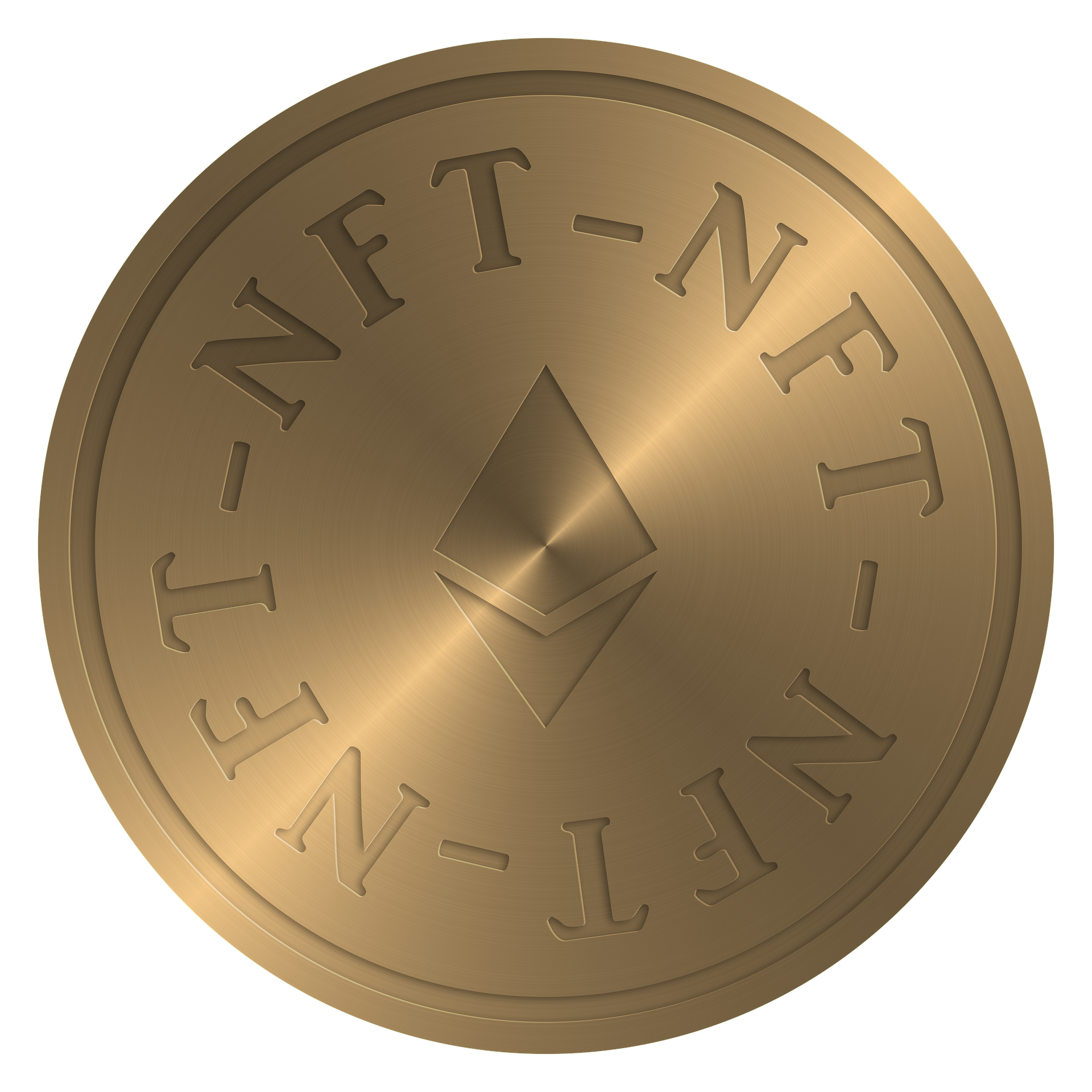Non-Fungible Token Explained
A non-fungible token (NFT) is a unique digital asset that is stored on a blockchain. Unlike fungible tokens like cryptocurrencies, each NFT is one-of-a-kind and cannot be exchanged for another NFT on a one-to-one basis. NFTs can represent a wide range of digital assets, such as artwork, music, videos, and even tweets.
NFTs are created using smart contracts on a blockchain network, such as Ethereum. These smart contracts specify the unique properties of each NFT, such as its ownership, authenticity, and provenance. Once an NFT is created, it can be bought, sold, and traded on NFT marketplaces like OpenSea, Nifty Gateway, and Rarible.
The value of an NFT is determined by market demand and can vary widely based on factors such as the rarity, authenticity, and historical significance of the digital asset it represents. Some NFTs have sold for millions of dollars, including digital artwork and even tweets from celebrities.
While NFTs have generated a lot of excitement in the digital art world, there are also concerns about their environmental impact due to the energy-intensive process of creating and maintaining blockchain networks.

